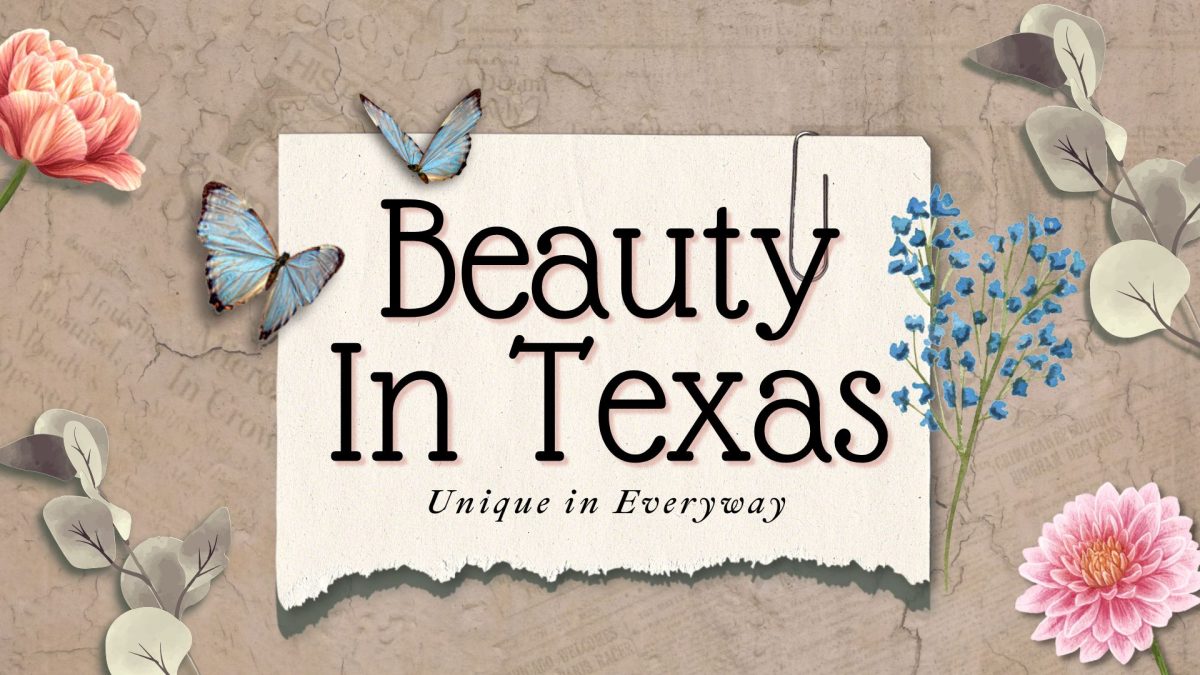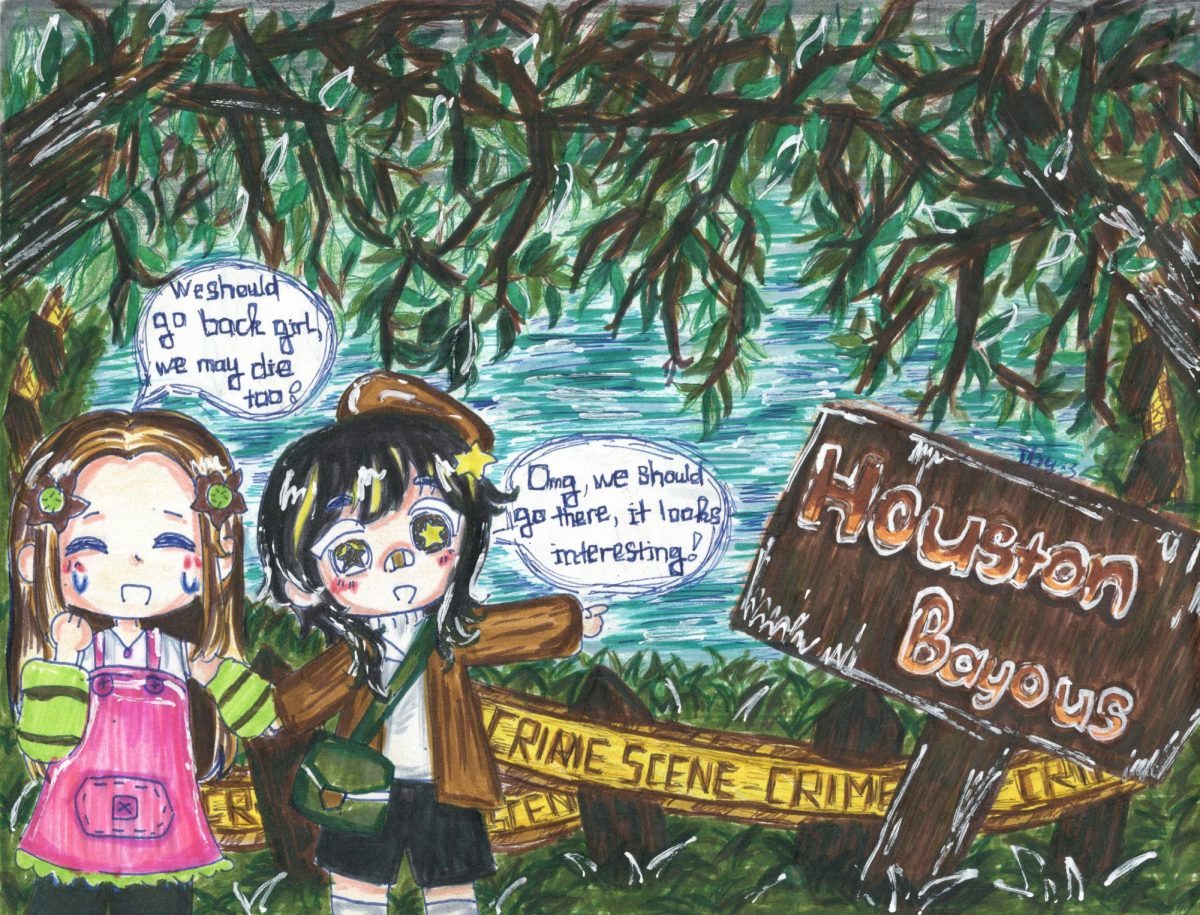Back in elementary school, many Texans can remember when they had to learn many facts about the state—everything from the bluebonnets being the state flower to the history of the Alamo and statehood. Even years later many still have memorized the many tidbits, but despite this, a lot of information isn’t taught, some arguably far more interesting. After all, being such a large piece of land Texas is bound to have a lot going on today and the many days it’s existed previously.
Most likely don’t think to look into more of Texas’s sights and history after this, as it seems like all the most important points are covered. This is partly true, but many interesting facts about Texas are also important to its history, even in part of United States history.
A great example also has to do with flowers, and not just bluebonnets, it being that Tyler is home to the largest rose garden in the United States. It spans about 14 acres and holds 38,000 rose bushes, with them being a variety of 500 different rose species. In celebration of the beautiful garden, every year in October the ‘Texas Rose Festival’ is held and has been celebrated since 1933.
On the topic of flowers, those who drive may notice the roadways of Texas are lined with wildflowers yearly. This is due to the Wildflower Legacy Program begun by the Texas Department of Transportation in the 1930s’. It was the policy and goal of the department to reserve natural vegetation and native wildlife within the State. This program was further empowered following the Highway Beautification Act started by Lady Bird Johnson in 1965.
On the animal side of nature in Texas, bats. Texas is not only the owner of the largest bat colony in the world, being around 20 million of them in the Bracken Cave located in San Antonio, but Texas houses over 33 different species of bats.
All of these 33 species happen to be insect eaters, which many people likely appreciate, but also a large sum are pollinators. This might seem confusing at first as many think of bees when they hear about pollinators, but bats who eat fruit often get coated in pollen and spread it to the next flower they approach.
On the weirder side, when looking at town names Texas has some interesting stories behind them. One of the more recent has to do with a town called DISH, Texas. This town received free basic television and DVRs for ten years from the DISH network in return for naming their town after the network. DISH, TX has only about 400 residents, but from 2005-2015 those residents got their share of free service.
When it comes to overall history that affects not only Texas, it has plenty of things to mention. A big one comes from the amusement park Six Flags, being named as such due to Texas history. Six different flags have flown over Texas in its time, those being the Spanish, French, Mexican, Texan, United States, and Confederate flags. The first Six Flags park, which opened in 1961, was called Six Flags Over Texas located in Arlington.

Another important bit of history from Texas is one many Texans would likely appreciate deeply. The first ever rodeo began in Texas, on July 4, 1883, and the rodeo being a staple of Texas since. The original rodeo grounds are still open to the public down in Peco, Texas. However, the Houston Livestock Show and Rodeo holds the title for the biggest rodeo in the world, with an estimated 2 million people in attendance each year.
This last bit is a creation that even today benefits many within the United States. In 2008, the Blue Alert was founded in Texas and now in 2024, only 37 states use the Alert. The intent behind Blue Alerts is to not only warn those in the region that someone has injured or killed a law enforcement officer, but to get information out to others capable of apprehension the information such as appearance, name, or vehicle. Most departments claim the alerts bring a 100% success rate in the context of apprehension, though many citizens are unaware as to what a blue alert is due to the unlikelihood of one being sent out.
Texans are rather proud of their state and its accomplishments, and learning more about what those accomplishments are is important. From fun events like the Texas Rose Festival to important innovations such as the Blue Alert, Texas has done a lot and is only going to continue doing so. Just as the state song “Texas, Our Texas” by Wm. J. Marsh says, “Texas, our Texas! All hail the mighty State!”








